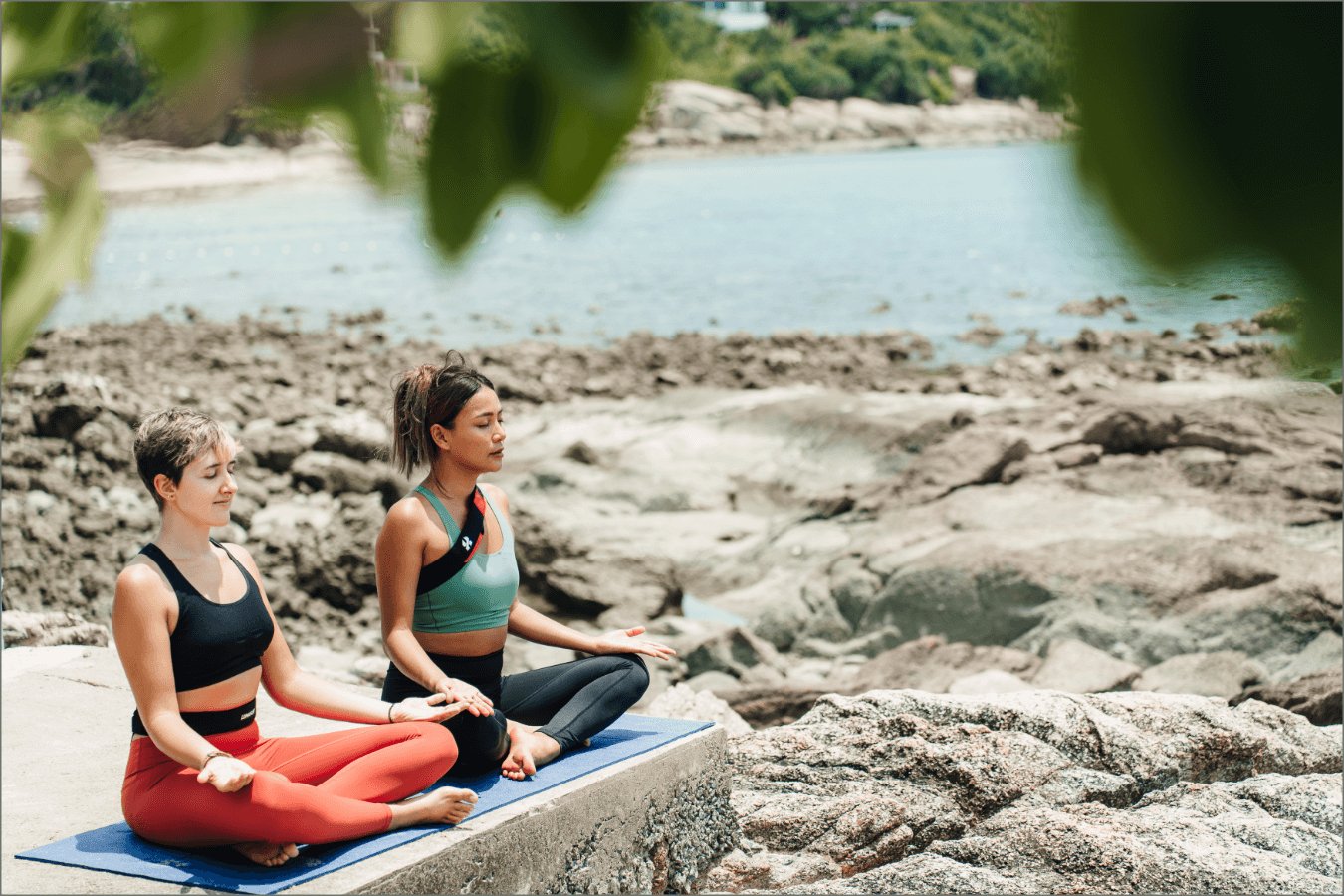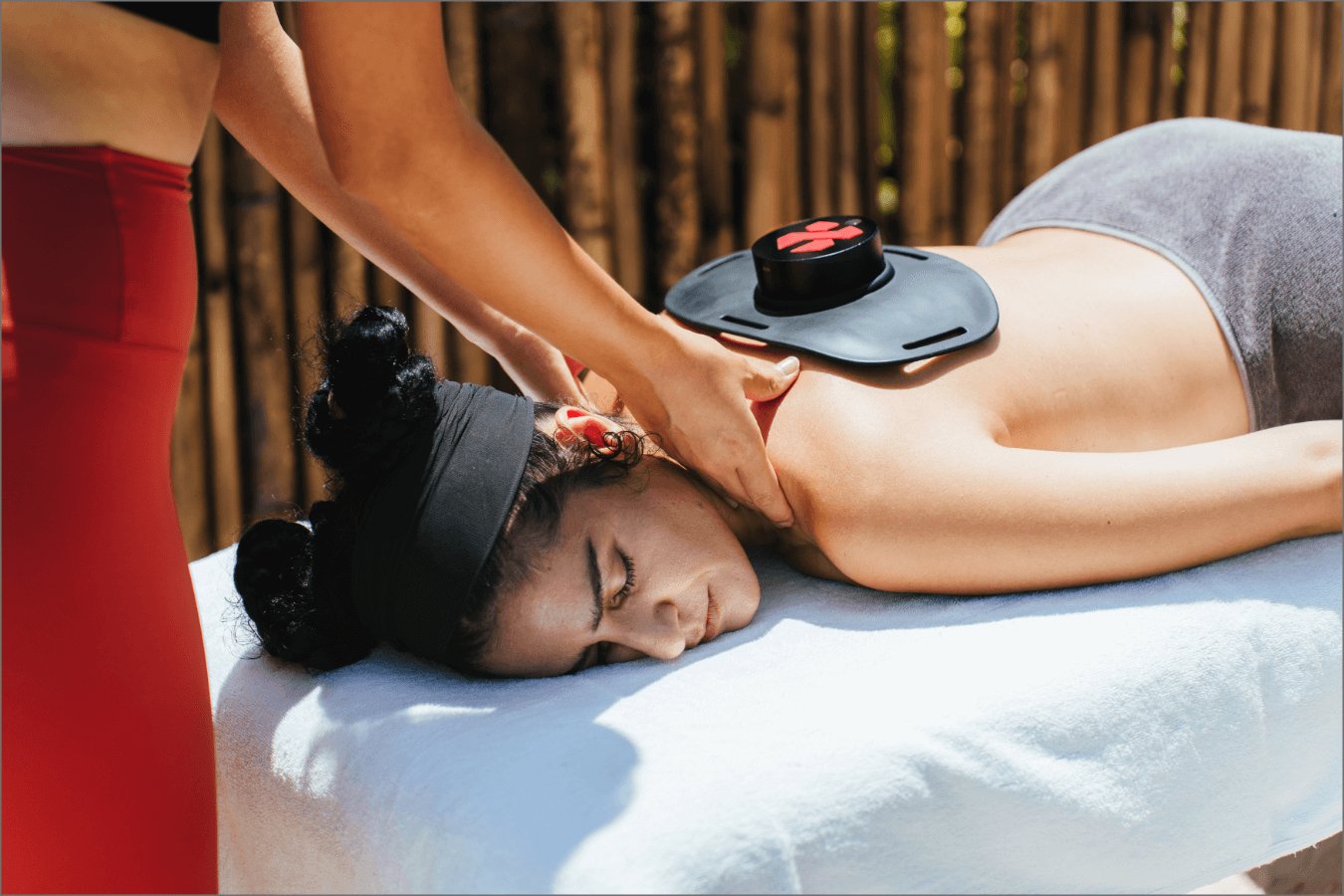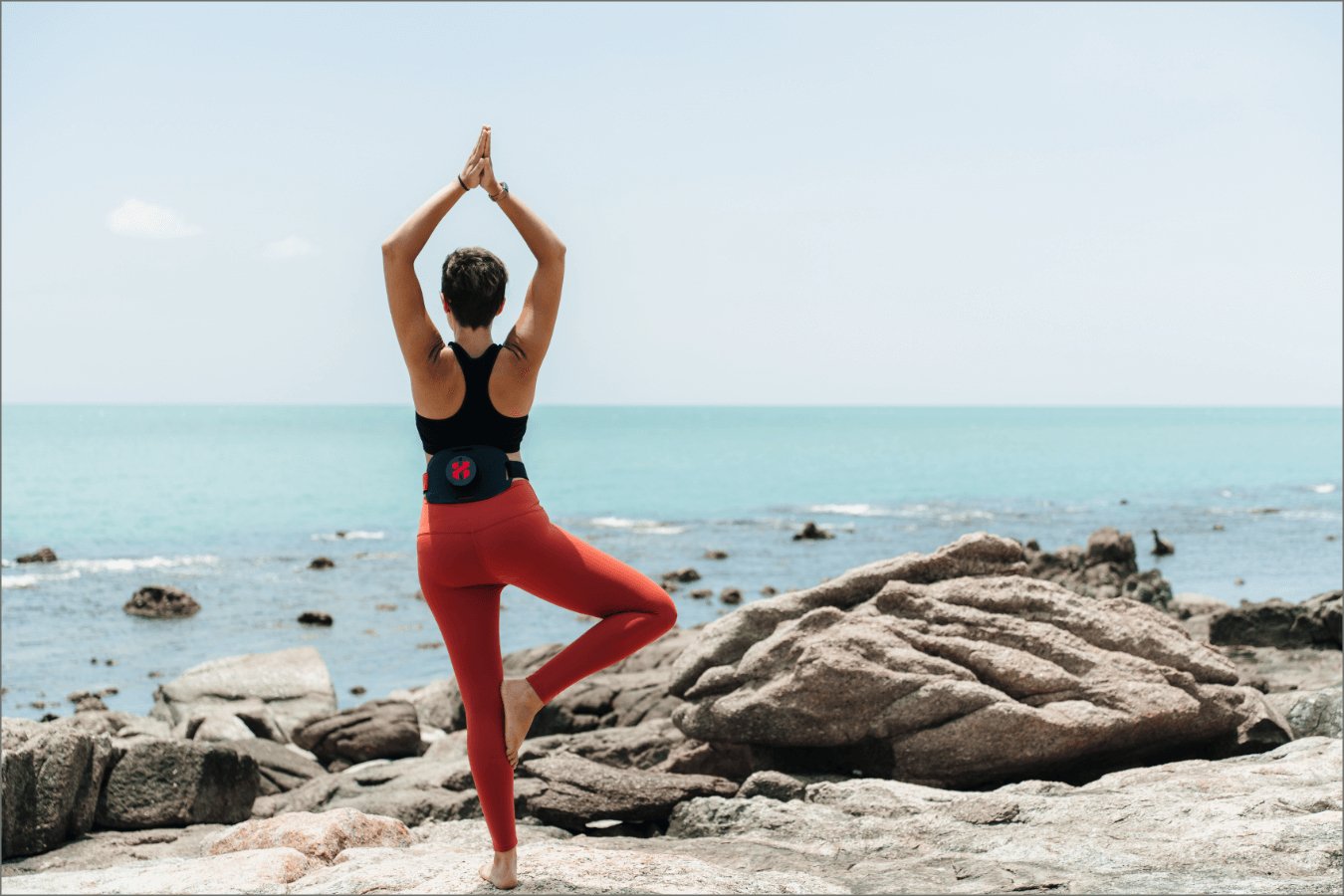How Light Therapy Enhances Your Yoga and Pilates Experience
How Light Therapy Enhances Your Yoga and Pilates Experience
The world of holistic wellness is ever-evolving, continually adapting and adopting new techniques and tools to improve overall well-being. Among the newer integrations to traditional practices like yoga and pilates is the use of light therapy, specifically red and near-infrared light therapy. This merging of ancient discipline and modern technology has garnered attention in the wellness community, and for good reasons.
What is Light Therapy?
Red and near-infrared light therapy, also referred to as photobiomodulation, involves exposing the body to specific wavelengths of red or near-infrared light. This non-invasive treatment has been clinically studied for various health benefits. It works on the cellular level, with photons entering the skin and tissues, which then stimulates mitochondrial activity, promoting accelerated cell growth and regeneration1.
Light Therapy Meets Yoga and Pilates
So, how does this connect with practices like yoga and pilates?
Improved Muscle Recovery: One of the immediate benefits of light therapy is its role in muscle recovery. Just as yoga and pilates stretch and exert the muscles, ensuring they recover effectively is crucial. Studies have demonstrated that red light therapy helps reduce muscle soreness post-exercise. For those engaging in intense yoga poses or pilates exercises, this can be a significant advantage.
Enhanced Flexibility: Both yoga and pilates emphasize flexibility. Red light therapy has been shown to increase circulation, which can enhance flexibility and help practitioners delve deeper into their poses and stretches.
Mental Clarity and Focus: Yoga, especially, is not just a physical practice but also a mental one. Meditation and mindfulness are at its core. Some initial studies suggest that light therapy might aid cognitive functions and mental clarity. Incorporating this into yoga sessions can therefore potentially deepen the meditative aspect of the practice.
Reduced Inflammation: A common challenge for many, especially when starting with yoga or pilates, is dealing with inflammation or minor strains. Light therapy has anti-inflammatory properties that can alleviate these concerns, allowing for consistent practice without prolonged breaks.
Enhanced Mood: A significant part of yoga and pilates is about achieving a balance – physically, mentally, and emotionally. Light therapy, especially when applied in the morning or during winter months, can help combat seasonal affective disorder (SAD) and boost mood, aligning perfectly with the holistic objectives of these practices.
Incorporating Light Therapy Into Your Routine
With portable devices like Lumaflex, it has become increasingly easy to integrate light therapy into yoga and pilates sessions. Whether it's pre-session to prepare the body, during the session to enhance the practice, or post-session for recovery, the combination promises amplified benefits.As always, while light therapy has numerous benefits, it's essential to consult with a wellness or healthcare professional to ensure it aligns with individual health needs.
In conclusion, the intersection of light therapy with yoga and pilates is a testament to how traditional and modern practices can complement each other. As we continue to explore and understand the depth of these synergies, it's clear that the future of holistic wellness is bright, quite literally.
Footnotes
Hamblin, M. R. (2016). Mechanisms and applications of the anti-inflammatory effects of photobiomodulation. AIMS Biophysics, 4(3), 337-361.
Ferraresi, C., Hamblin, M. R., & Parizotto, N. A. (2012). Low-level laser (light) therapy (LLLT) on muscle tissue: performance, fatigue and repair benefited by the power of light. Photonics Lasers Med, 1(4), 267-286.
Leal Junior, E. C. P., Lopes-Martins, R. Á. B., Frigo, L., De Marchi, T., Rossi, R. P., de Godoi, V., ... & Iversen, V. V. (2010). Effects of low-level laser therapy (LLLT) in the development of exercise-induced skeletal muscle fatigue and changes in biochemical markers related to postexercise recovery. The Journal of orthopaedic and sports physical therapy, 40(8), 524-532.
Barrett, D. W., & Gonzalez-Lima, F. (2013). Transcranial infrared laser stimulation produces beneficial cognitive and emotional effects in humans. Neuroscience, 230, 13-23.
Avci, P., Gupta, A., Sadasivam, M., Vecchio, D., Pam, Z., Pam, N., & Hamblin, M. R. (2013). Low-level laser (light) therapy (LLLT) in skin: stimulating, healing, restoring. Seminars in cutaneous medicine and surgery, 32(1), 41.
[Perera, S., Eisen, R., Bhatt, M., Bhatnagar, N., de Souza, R., & Thabane, L. (2016). Light therapy for non-seasonal depression: systematic review and meta-analysis.



